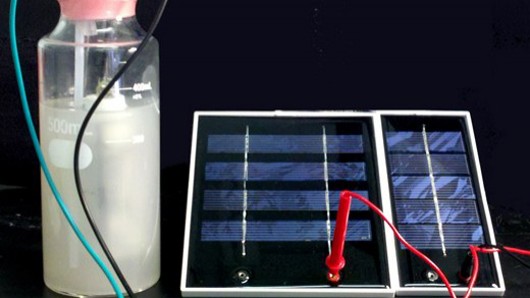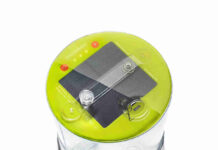
A new method of converting carbon dioxide into liquid fuel isobutanol using electricity produced by solar panels was developed by researchers at the UCLA Henry Samueli School of Engineering and Applied Science.
Various methods of storing energy efficiently remained difficult to use because of low energy density storage or because the incompatibility of current transportation infrastructure.
As in an article published in TgDaily, the UCLA’s Professor James Liao formulated a method of storing electrical energy as chemical one in higher alcohol to be used as liquid transportation fuels. He explained “The current way to store electricity is with lithium ion batteries, in which the density is low, but when you store it in liquid fuel, the density could actually be very high.” “In addition, we have the potential to use electricity as transportation fuel without needing to change current infrastructure.”
With his team Professor Liao genetically engineered a litho autotrophic microorganism called Ralstonia eutropha H16 to produce isobutanol and 3-methyl-1-butanol in an electro bioreactor using carbon dioxide as the sole carbon source and electricity from the solar panels as the sole energy input.
Photosynthesis, the process of converting light energy with solar panels to chemical energy and storing it in the bonds of sugar has two parts – a light and a dark reaction.
The team gets the ability to separate those two reactions using solar panels to convert the sunlight into electric energy and then to a chemical intermediate using that to power carbon dioxide fixation to produce the fuel. This method could be more efficient that the biologic system because those two reactions could take place separately and solar panels can be built in the desert or on rooftops.
Liao’s team found formic acid instead hydrogen to be a good substitute and efficient energy carrier. “We use electricity to generate formic acid and then use the formic acid to power the carbon dioxide fixation in bacteria in the dark to produce isobutanol and higher alcohols.”
The electrochemical format production and the biological carbon dioxide fixation and higher alcohol synthesis clear the way for the possibility of electricity-driven bioconversion of carbon dioxide to a variety of chemicals. In addition, the transformation of format into liquid fuel will also play an important role in the biomass refinery process.



